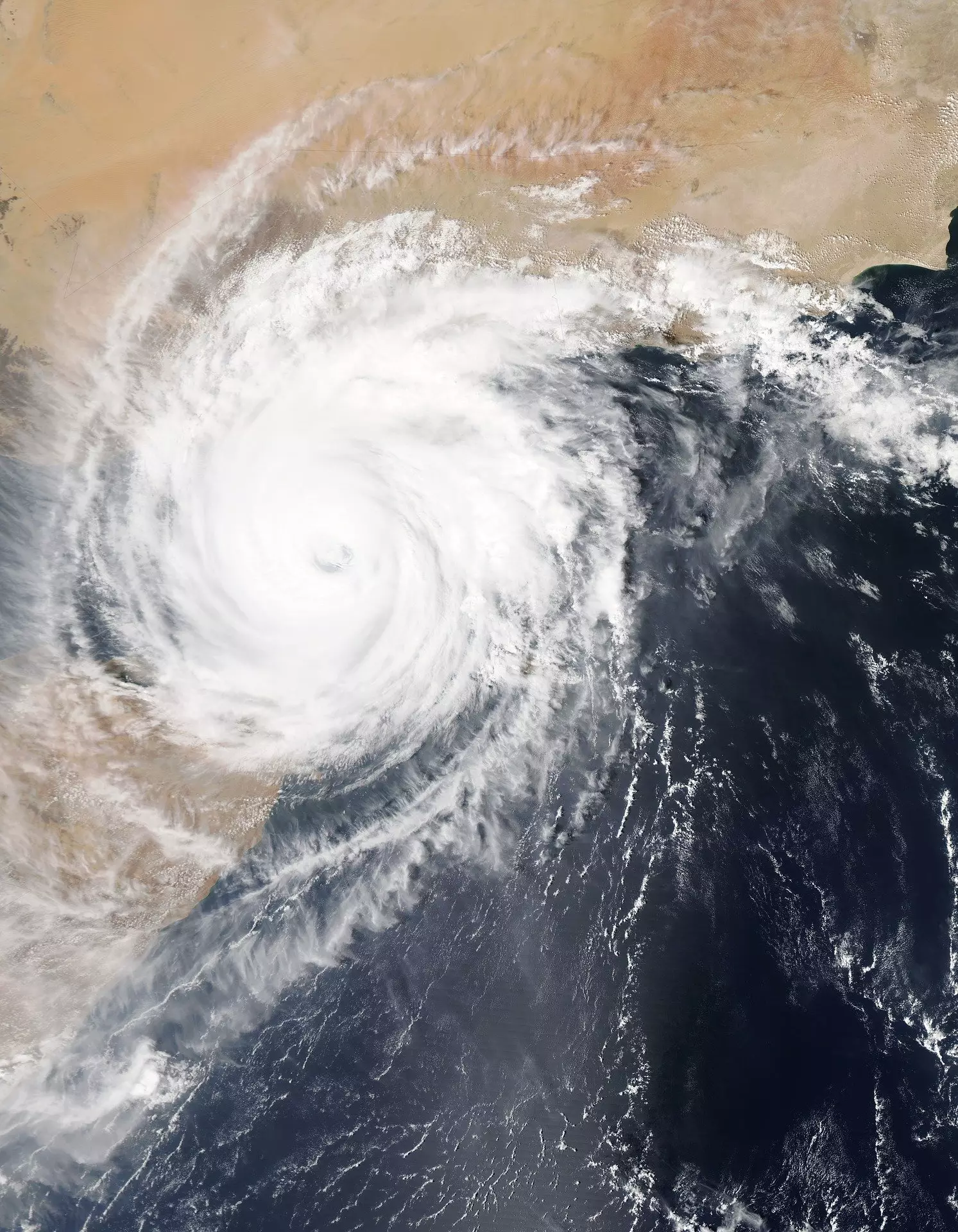Tropical cyclones are a major threat to coastal communities around the world. Predicting the path and intensity of these storms is crucial for ensuring the safety of people in their path. However, current prediction models only provide a lead time of up to five days, leaving little room for communities to prepare adequately.
Researchers have recently developed a new hybrid model that aims to improve the accuracy and lead time of tropical cyclone predictions. By combining the strengths of the physics-based Weather Research and Forecasting (WRF) Model with the machine learning model Pangu-Weather (Pangu), they hope to extend the lead time to two weeks.
The WRF model provides high-resolution simulations of the processes involved in tropical cyclone development. However, it has limitations in predicting storm intensity levels due to its inability to capture changing environmental factors. On the other hand, the Pangu model excels at forecasting storm paths but lacks resolution to capture smaller-scale variability.
By integrating these two approaches, the researchers conducted experiments that showed promising results. They were able to extend accurate predictions from five to seven days and successfully track the path and intensity of a historical tropical cyclone, Freddy, for a whole two weeks.
The potential impact of this new hybrid model on at-risk communities is significant. By extending the warning time for tropical cyclones beyond the current five-day limit, communities will have more time to prepare and evacuate if necessary. This could potentially save lives and minimize the damage caused by these devastating storms.
While the results of the experiments are promising, further testing is needed to validate the effectiveness of the hybrid model on a larger scale. If successful, this new approach could revolutionize tropical cyclone prediction and provide communities with much-needed time to prepare for these extreme weather events.


Leave a Reply